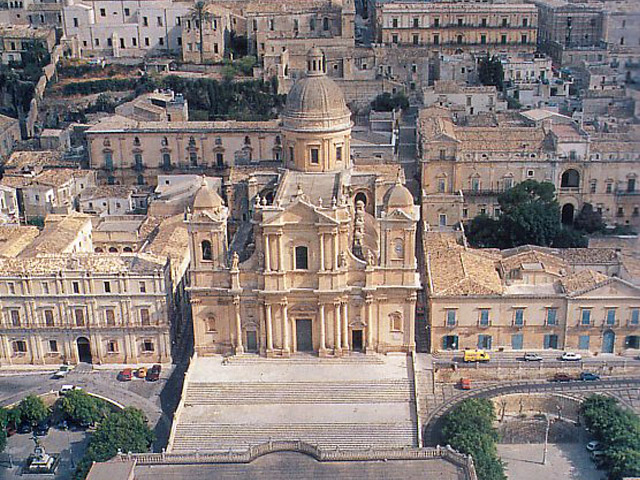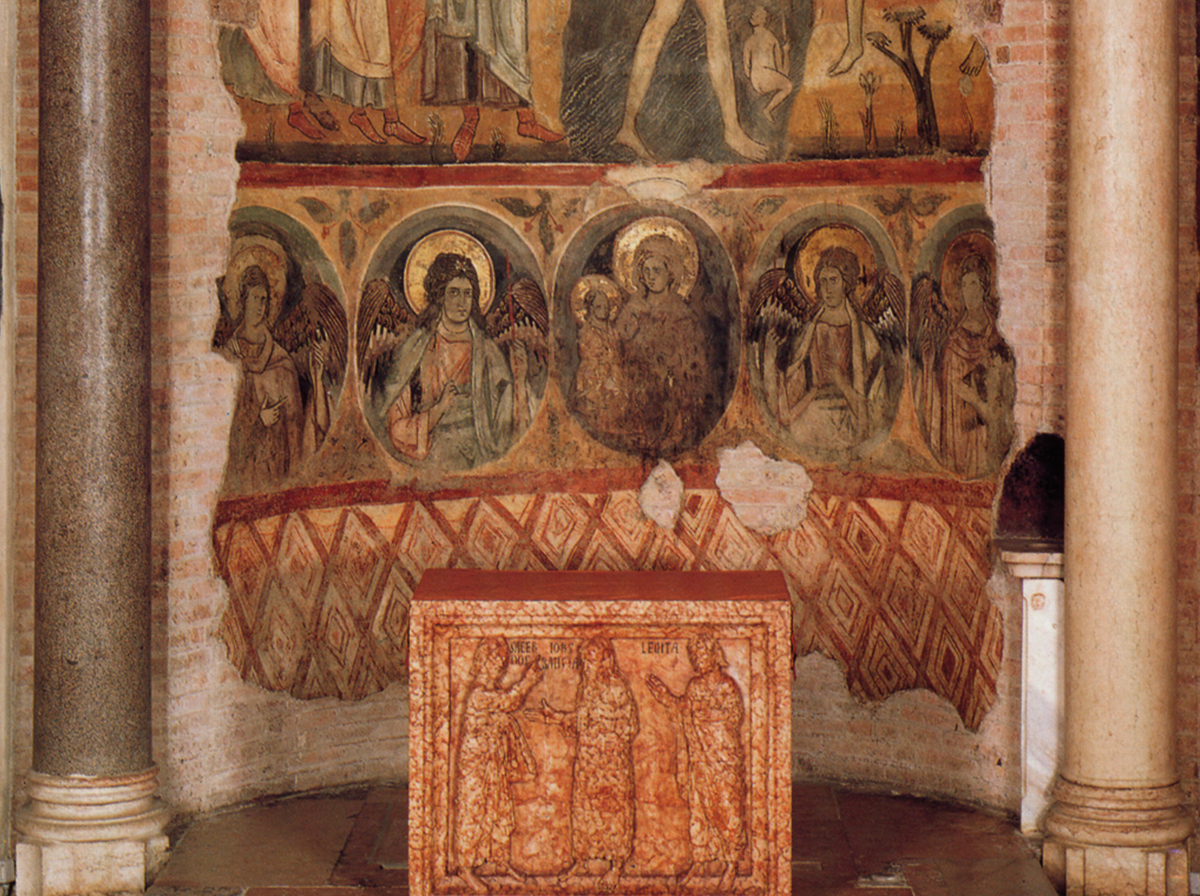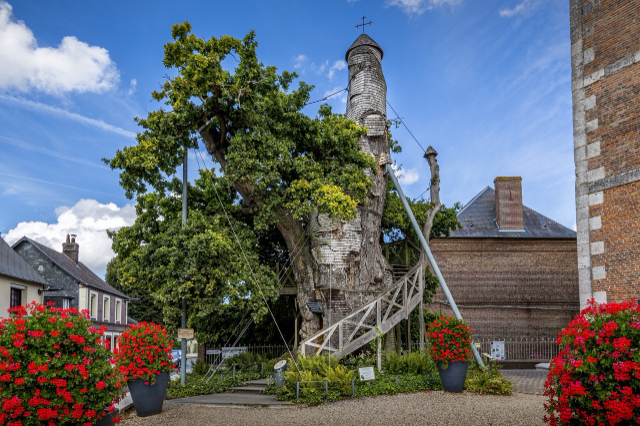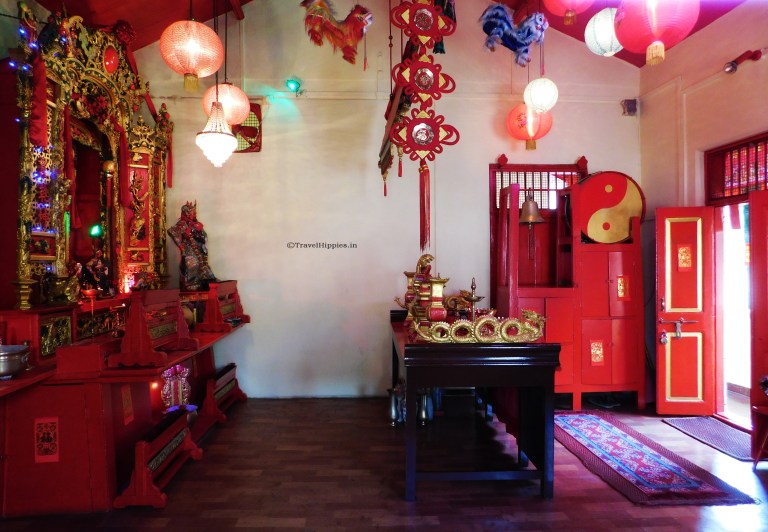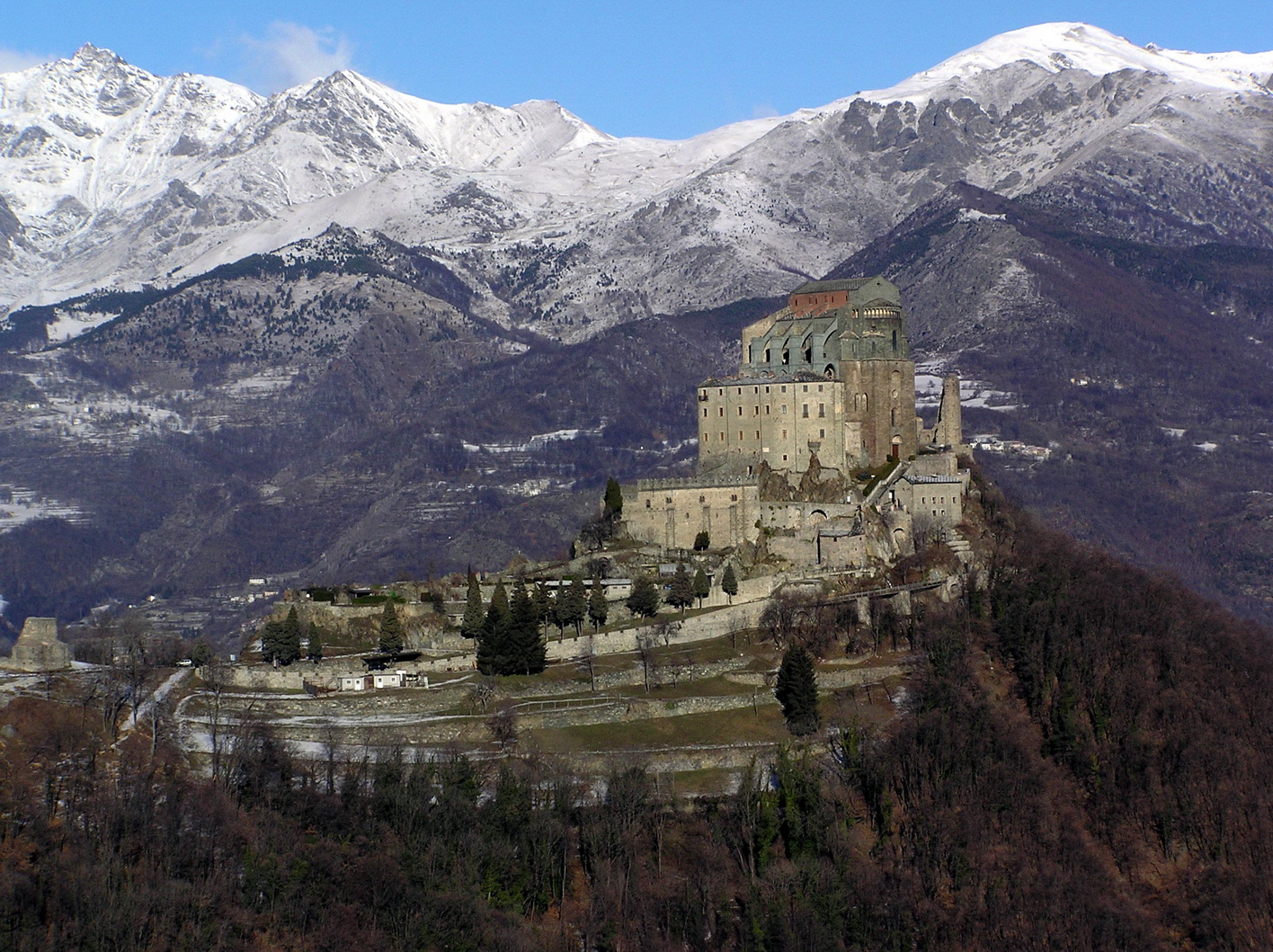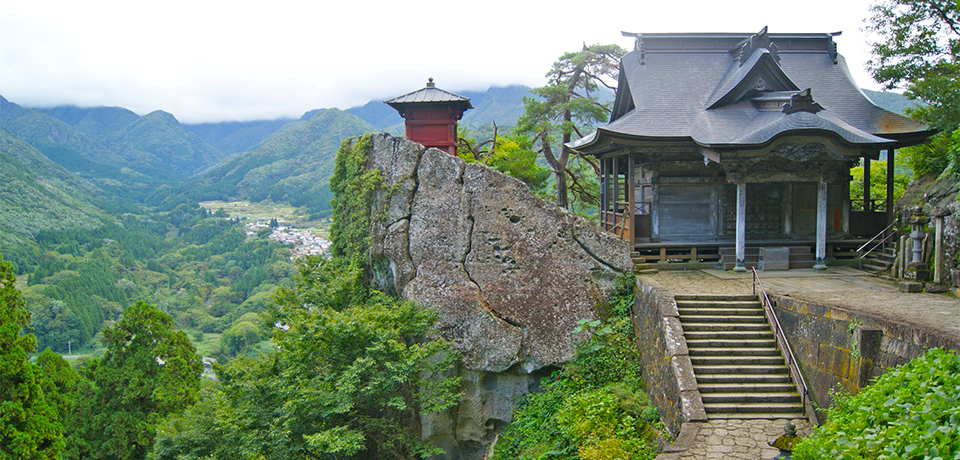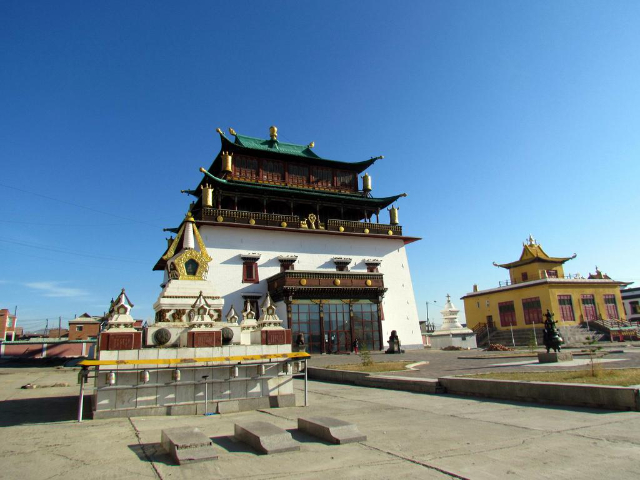The facade is in the late Baroque style, made of soft limestone with a marked neoclassicist note. The side tower typology of the facade can be traced back to some French buildings of the 1700s, which inspired the architects of the time.
Crowned by the 4 Evangelists by sculptor Giuseppe Orlando in 1796, it has three majestic portals in the first order, bordered by Corinthian columns: the central bronze one, by sculptor Giuseppe Pirrone, depicts some scenes from the life of St. Conrad of Piacenza.
All this stands on top of a majestic three-flight staircase, of 18th-century origin but completely renovated in the early 1800s.
Inside, the structure is developed in the shape of a Latin cross with three naves, with the central one larger than the lateral ones.
Numerous remodeling delivered its present appearance to the entire structure only in 1889, with the construction of the Chapel of the Blessed Sacrament.
The interior, which was almost completely unadorned until the mid-1950s, was frescoed by Nicola Arduino from Turin and Armando Baldinelli from Bologna between 1950 and 1956, for a vow made by the mayor of the city of Noto to St. Corrado Confalonieri during the war.
In the central apse we find two wooden bishop’s thrones carved and gilded on the surface, dating from the 18th to 19th centuries, a wooden choir and the marble coat of arms of Bishop Angelo Calabretta in the center of the floor.
The high altar is made of polychrome marble, with a triptych behind it depicting St. Nicholas in the center, St. Conrad on the left and St. William on the right.
In the side aisles, however, there are still the pre-existing works restored after the 1996 collapse.
